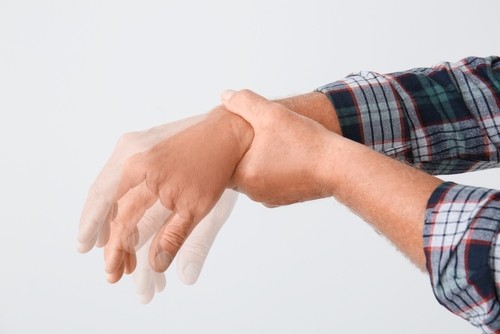Research from recent years has demonstrated that an active lifestyle increases the quality of life and vitality among people with multiple sclerosis. Anyone who is routinely exercising knows it. Regular physical activity can improve physical fitness. The long list of benefits includes: increasing muscle strength and endurance, cardiovascular endurance, maintaining and growing range of joints movements, improving coordination, flexibility and balance.
Moreover, studies show that exercise may also improve the general mood and alleviate some of the disease symptoms, such as exhaustion and bladder control. Physical activity can also have social, mental, emotional, and cognitive benefits.
It can increase vitality and even give a sense of control over the body and the disease. There is no doubt that for anyone dealing with MS, exercise can be challenging and not comfortable. A movement restriction can impair mobility and cause significant pain and fatigue. Also, overheating of the body, which is a natural physiological occurrence during strenuous exercise, may pose a risk to people living with MS.
However, in the long run, exercising has more advantages than disadvantages. What are the recommended types of activity? First of all, cardio, which is any activity that increases the heart rate: walking, jogging, biking, or swimming. Also, stretching to maintain range of motion and alleviate symptoms related to spasticity (tightness or muscle stiffness). Strength or resistance training helps maintain and improve muscle strength and endurance.
An experienced physical therapist or fitness instructor familiar with MS can help create a program that suits your abilities, health, and symptoms of your MS. They can also help you set realistic and achievable goals. A suitable workout program will include an appropriate warm-up before each workout. It should address issues that may arise during the exercise session, such as body temperature, poor balance, fatigue, and spasticity. A Physical Therapist can also help monitor your heart and breathing rates to avoid over-exertion. Exercise in the pool, such as water aerobics, may improve balance, thus reduce muscle strain and the risk of falls. Keep in mind that exercise can be part of the daily routine and not limited to the gym or the hour set with the trainer or physical therapist. You can consider shopping, gardening, housework, and dog walking, as part of your exercise routine and active lifestyle. The main thing is to keep moving.
This content is provided for your general education and information only. It does not necessarily reflect Belong’s views and opinions. Belong does not endorse or support any specific product, service, or treatment.











